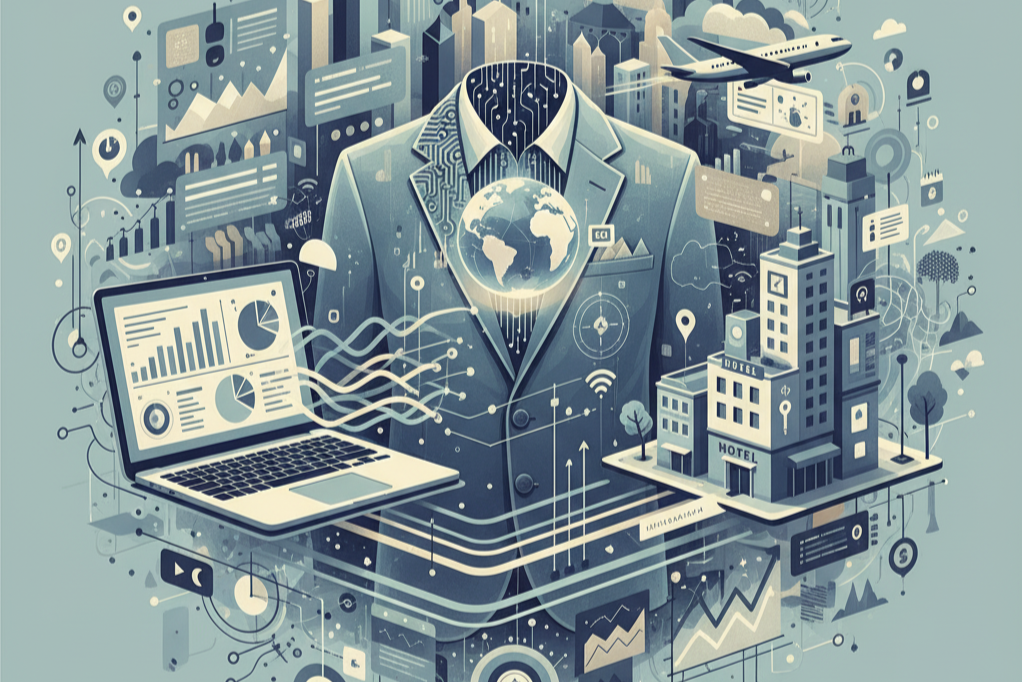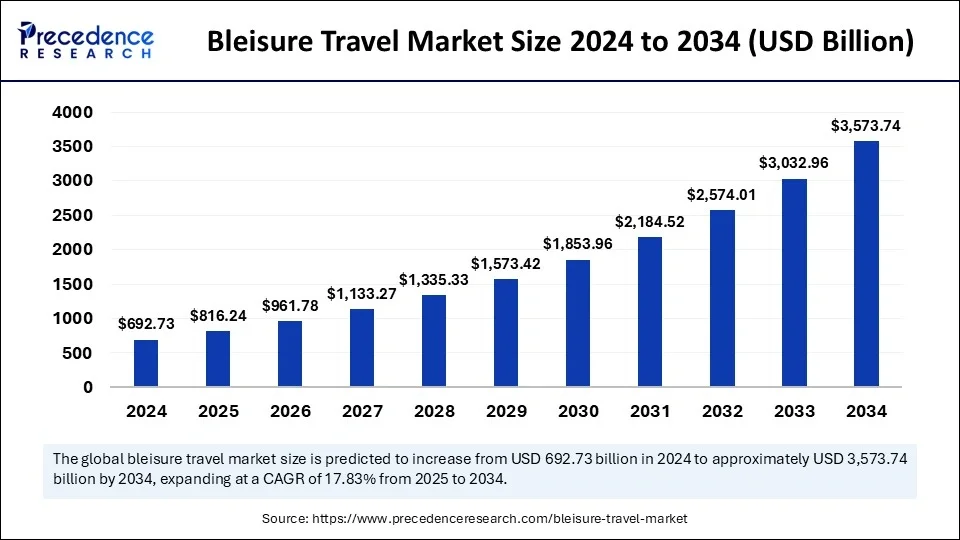The New Stay Paradigm: Bleisure
When Business Travel Hangs Around for Vacation
There was a time when business trips had a rhythm: arrive, meet, present, check out. But that rhythm is changing.
The modern traveller no longer draws a clean line between work and rest.
Welcome to the era of bleisure - where business meets leisure.
Why This Matters
Bleisure isn’t just a travel trend - it’s a new guest identity.
The global bleisure market is valued at nearly $700 billion (2024) and is expected to grow more than fivefold by 2033.
Three out of four business travellers say they plan to extend future work trips for leisure.
Extended-stay hotels are growing 11% annually, outperforming traditional hotel formats.
This means guests aren’t leaving when the meeting ends - they’re staying longer, spending more, and expecting something entirely different from their hosts.
The Challenge: Comfort Without Losing Soul
The “bleisure” guest sits right in the middle of hospitality’s ongoing identity crisis.
They want speed, stability, and tech-enabled convenience - but also warmth, connection, and local authenticity.
If we over-engineer the experience, we risk building yet another “uncanny valley of hospitality” - where service feels efficient, but strangely cold.
The goal isn’t to make hotels feel like offices.
It’s to make them feel like freedom - even when you’re working.
Designing for the Dual-Mode Guest
1. Spaces That Shift With the Guest
Design matters more than ever. Rooms must now support both deep work and deep rest.
Think: ergonomic desks, fast WiFi, natural light, and quiet zones by day — warm lighting, ambient music, and soft textures by night.
Communal lounges and coworking nooks are replacing sterile “business centers”. Guests want to work from the bar, not hide in one.
2. Packages That Invite the Stay to Stretch
Hotels are reimagining their rate structures:
“Stay longer” or “Work-and-Wander” packages
Weekday business rates that roll into weekend leisure pricing
Perks for partners or family joining later in the week
The message? Don’t just stay longer — stay better.
3. Narratives That Inspire, Not Just Inform
Guests don’t extend their stay because the rate drops; they do it because it feels like a story worth continuing.
Frame it like this:
“Start your week in meetings, end it in the mountains.”
“Work from our rooftop terrace — stay for sunset cocktails.”
It’s no longer about selling rooms, but selling rhythm — how time unfolds while you’re there.
4. Teams That Understand the Transition
Your team is the pivot point. They need to sense when a guest’s energy changes — when the laptop closes and the leisure begins.
That means flexible housekeeping, intuitive communication, and cross-trained staff who treat a business traveller turned tourist as a seamless continuation, not a new check-in.
Takeaways
Bleisure is mainstream, not marginal.
Extended stays mean extended relationships - and revenue.
Human warmth remains the ultimate luxury.
Questions to Ask Yourself
Does your property make it easy for guests to transition from “work mode” to “vacation mode”?
How are you pricing and packaging to encourage longer stays?
Are your spaces designed for both productivity and pleasure?
Final Thought
The bleisure revolution isn’t about blending business and leisure - it’s about liberating time.
The modern guest doesn’t separate the two worlds anymore.
And maybe, neither should we.


